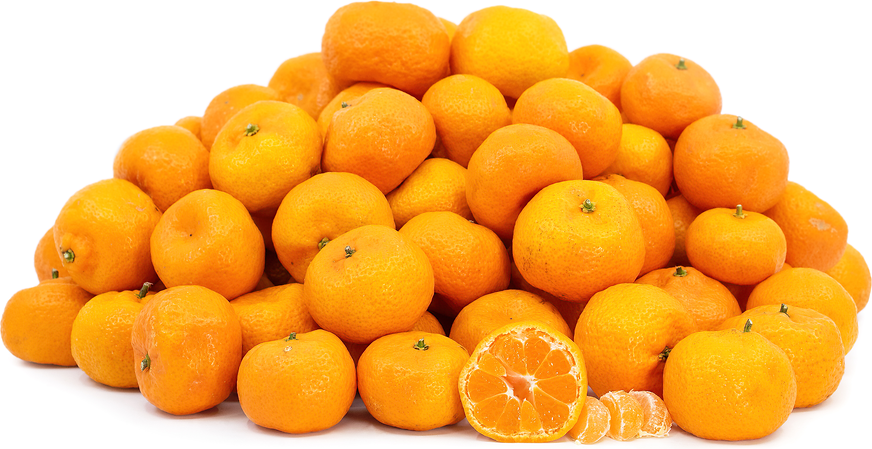


Kishu Tangerines
Estimated Inventory, lb : 0
Description/Taste
The Kishu mandarin is petite, globular-shaped and roughly the size of a golf ball. Its thin, glossy leathery and fragrant skin is attached tightly to its fragmented flesh, though it is relatively easy to peel. Its flesh is seedless, juicy and candy sweet.
Seasons/Availability
Winter
Current Facts
The Kishu mandarin, Citrus kinokuni mukakukishu, is a mandarin that has no functioning pollen. All mandarins that produce little or no pollen will be seedless no matter what other types of citrus are growing in their nearby region. There are at least four known varieties of Kishu mandarins.
Nutritional Value
Kishu tangerines are most often consumed fresh as their small size makes preparation more labor-intensive. Kishu tangerine sections may be used in sweet or savory, fresh or cooked preparations. Use Kishu sections in green or fruit salads or as a topping for baked goods. Juice tangerines and use in frozen dishes and desserts. Pair with citrus, Asian greens, lemongrass, ginger, garlic or soy. Combine with fresh chiles, palm sugar, honey, butter or Asian dried spices. Kishu tangerines will keep at room temperature but should be refrigerated for longer storage.
Geography/History
The Kishu mandarin is believed to be native to China. Its parent variety, Ruju is an ancient mandarin variety discovered during the Tang Dynasty. Most Kishu varieties have been cultivated in Japan. Budwood from cultivars were brought from Japan to America in 1983 where the Kishu was developed for production at the University of California Citrus Research Center. Though originally considered only suitable for backyard production, improved cultivation has allowed the Kishu to expand its commercial exposure to farmers markets throughout Southern California.




